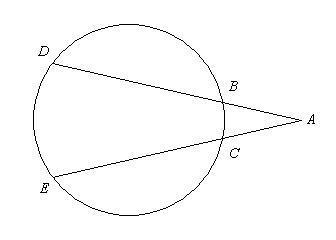
Mathematics, 20.08.2021 03:40 bearbri5851
Two hypothetical outcomes for the same repeated-measures experiment are shown.
Outcome A Outcome B
Treatment Treatment
Participant I II III Participant I II III
A 50 63 50 A 50 55 60
B 54 56 62 B 51 56 61
C 58 51 57 C 50 57 61
D 60 55 52 D 52 58 63
For each outcome, consider the scores and note how they vary from treatment to treatment and from participant to participant (without making any calculations).
Outcome A appears to havebetween-treatments variance than (as) outcome B.
Outcome A appears to haveerror than (as) outcome B.
You can predict that outcome A hasF-ratio than (as) outcome B.

Answers: 1
Another question on Mathematics

Mathematics, 21.06.2019 13:10
Which of the following would represent the sum of 3 consecutive integers if x is the first integer?
Answers: 3

Mathematics, 21.06.2019 19:30
You are designing a rectangular pet pen for your new baby puppy. you have 30 feet of fencing you would like the fencing to be 6 1/3 feet longer than the width
Answers: 1

Mathematics, 21.06.2019 21:00
Which of the following is the best first step in solving the equation below? 4+2㏒³x=17
Answers: 1

Mathematics, 21.06.2019 23:00
Someone answer this asap for the first five terms of a sequence are shown. 5, 11, 23, 47, 95, . . which recursive function defines the nth term in the sequence for n > 1? a. f(n) = f(n - 1) + 6 b) f(n) = f(n - 1) + 48 c) f(n) = 3 • f(n - 1) + 1 d) f(n) = 3 • f(n - 1) - 4
Answers: 1
You know the right answer?
Two hypothetical outcomes for the same repeated-measures experiment are shown.
Outcome A Outcome...
Questions








Mathematics, 24.07.2020 18:01

Mathematics, 24.07.2020 18:01

Mathematics, 24.07.2020 18:01




Mathematics, 24.07.2020 18:01


Mathematics, 24.07.2020 18:01



History, 24.07.2020 18:01

Mathematics, 24.07.2020 18:01




